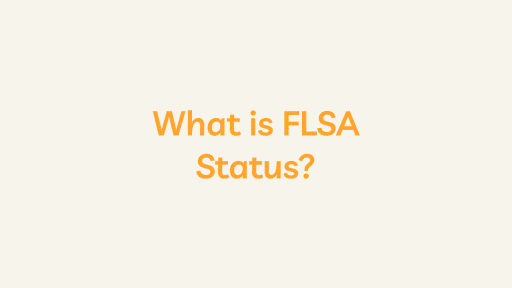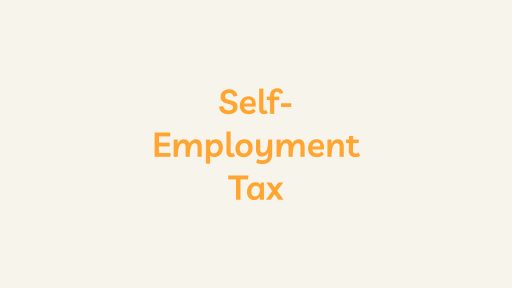What is SDI Tax?
State Disability Insurance (SDI) and its associated SDI Tax constitute a crucial mechanism for supporting workers facing temporary disabilities in the United States. Governed at the state level, these programs provide financial assistance to individuals temporarily unable to work due to illnesses, injuries, pregnancies, and other medical reasons. In this context, the payroll tax is designed to fund the SDI program.
SDI Tax Key Aspects
The key aspects of SDI Tax and the State Disability Insurance program encompass various facets of taxation, participation criteria, benefit calculations, and the interplay with other forms of social benefits. This provides the necessary background for a deeper understanding of how the system operates, who is subject to SDI Tax withholding, and how these tax funds are utilized to support workers in times of temporary disability.
1. State Disability Insurance (SDI) Program:
- SDI programs are state-run initiatives designed to provide temporary disability benefits to eligible workers. The program aims to support individuals who are unable to work due to non-work-related disabilities, including illnesses, injuries, pregnancies, and other health-related reasons.
2. Coverage and Eligibility:
- Coverage under the SDI program and eligibility criteria vary by state. Some states mandate participation in the SDI program for employers, while others have voluntary or no SDI program. Eligibility typically requires a minimum earnings threshold, and individuals must provide medical certification of their disability.
3. Tax Funding:
- Funding for the SDI program comes from payroll taxes collected from both employees and employers. The SDI Tax is withheld from employees’ wages, and employers contribute a matching amount. These funds are used to finance the disability benefits provided by the program.
4. Withholding from Wages:
- Employers are responsible for withholding the SDI Tax from employees’ wages. The amount withheld is determined based on the state’s tax rates and the employee’s earnings. Employers need to calculate and withhold the correct amount accurately.
5. Tax Rates and Limits:
- SDI tax rates vary by state. The rates are often expressed as a percentage of the employee’s wages up to a certain limit. Once an employee’s earnings reach the maximum taxable amount, no additional SDI Tax is withheld for the year.
6. Use of SDI Benefits:
- SDI benefits are intended to provide financial support to individuals during periods of temporary disability. Eligible individuals receive a portion of their regular wages as benefits. The state’s program guidelines determine the duration and amount of benefits.
7. Coordination with Other Benefits:
- SDI benefits may be coordinated with others to ensure that individuals receive appropriate financial support during a disability. This coordination may involve interactions with workers’ compensation, private disability insurance, and other state or federal benefits.
8. Employer Responsibilities:
- Employers have several responsibilities related to SDI Tax, including accurately withholding the tax from employees’ wages, remitting the taxes to the appropriate state agency, and complying with reporting requirements. Employers must stay informed about changes in tax rates or regulations.
9. Employee Contributions:
- The SDI Tax is typically shared between employees and employers. Both contribute a percentage of the employee’s wages to fund the SDI program. The specific rates and contribution limits vary by state.
10. State Variations:
- Since SDI programs are state-specific, the rules, rates, and administration can vary significantly between states. Employers operating in multiple states must be aware of and comply with the regulations specific to each state where employees are employed.
Conclusion:
In conclusion, the State Disability Insurance program and SDI Tax are pivotal in providing workers a safety net during temporary inability to work. The payroll tax ensures a dedicated source of funding for the SDI program, allowing it to fulfill its mission of assisting needy individuals. As regulations and practices vary between states, employers and employees alike must stay informed about the specific guidelines applicable in their respective locations to ensure compliance and facilitate the effective functioning of these vital support mechanisms.
The SDI program contributes to the workforce’s well-being by offering financial support during challenging health-related circumstances through accurate withholding, transparent communication, and adherence to state-specific regulations.





